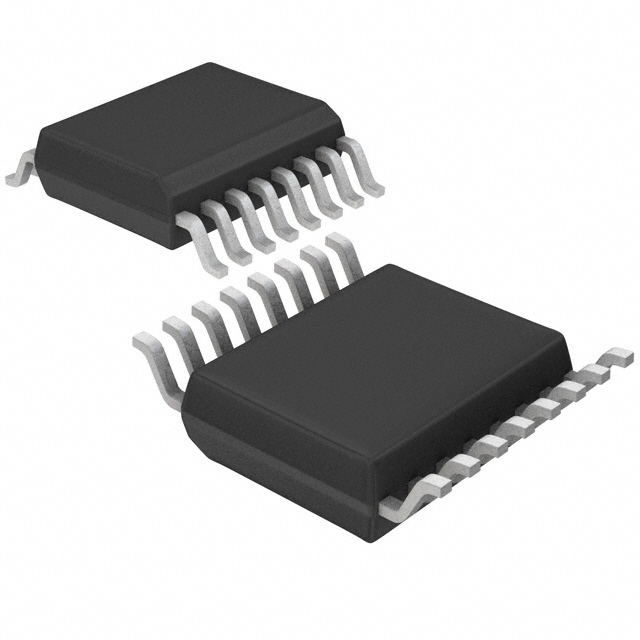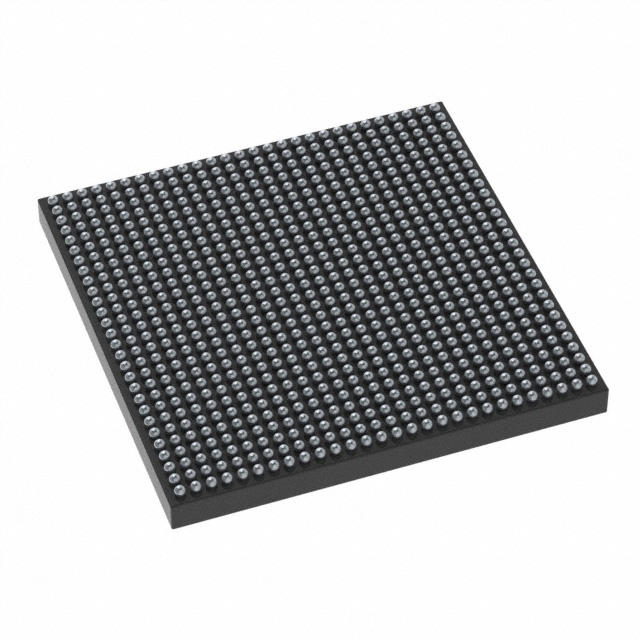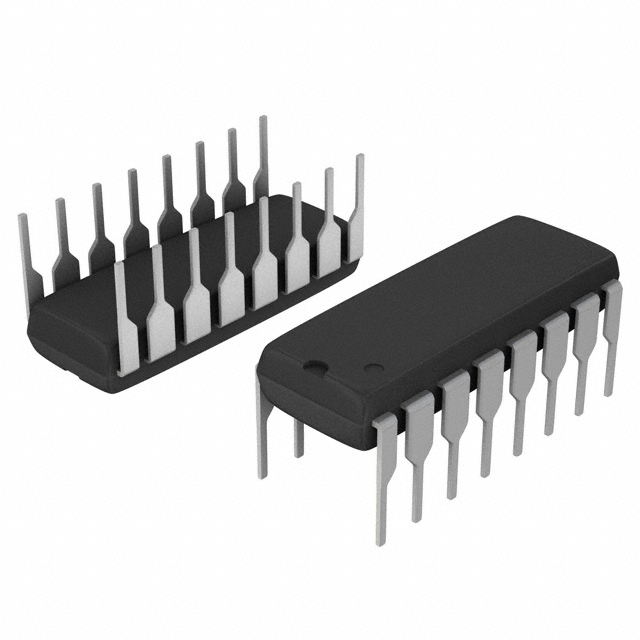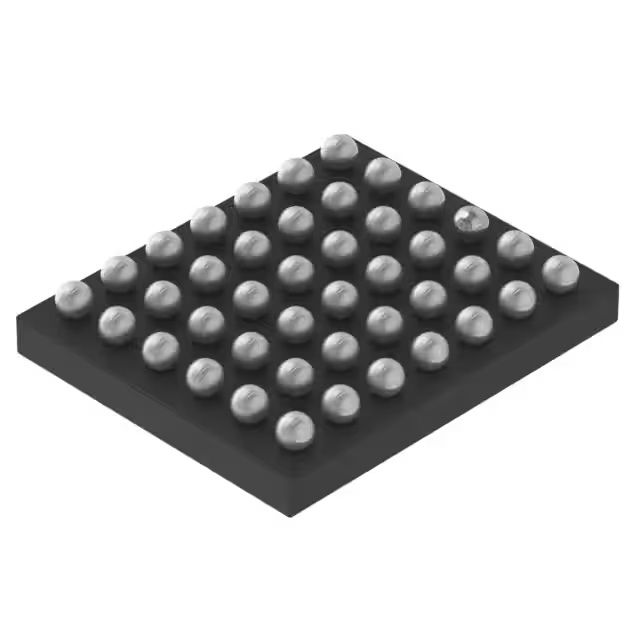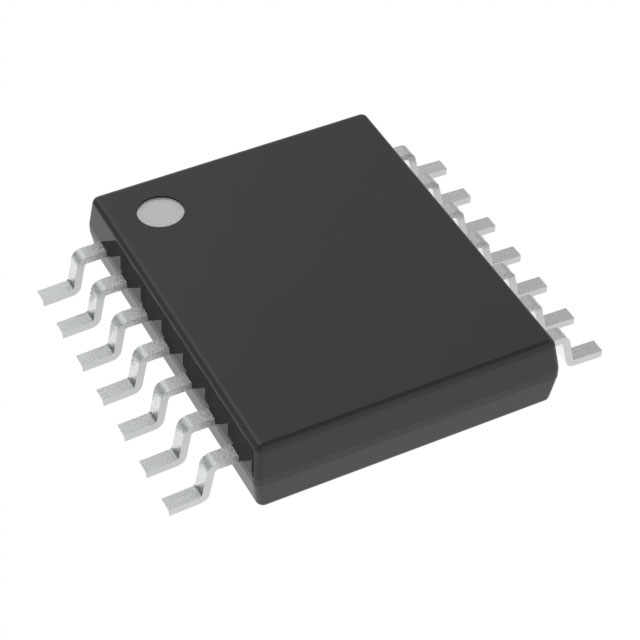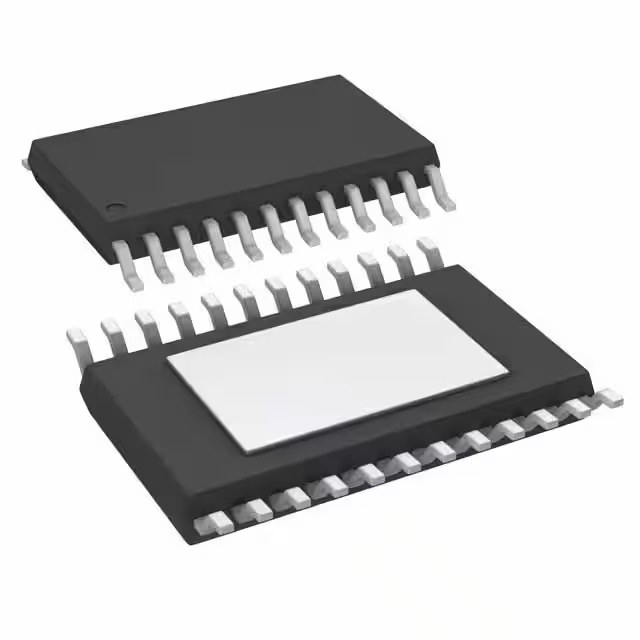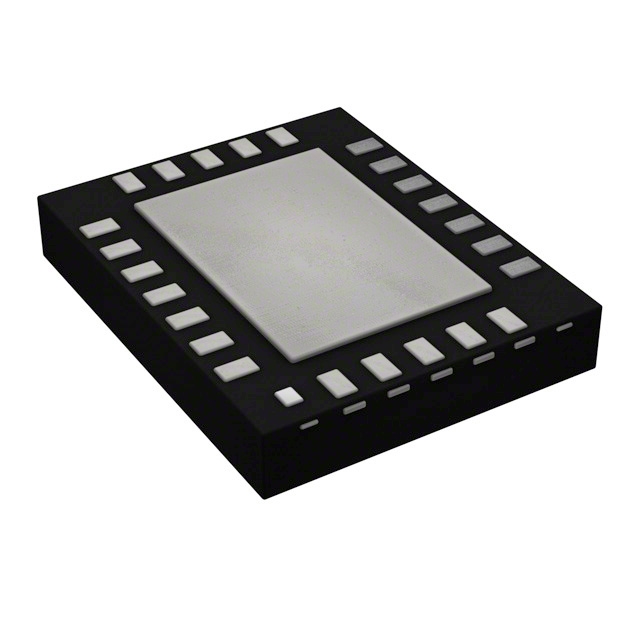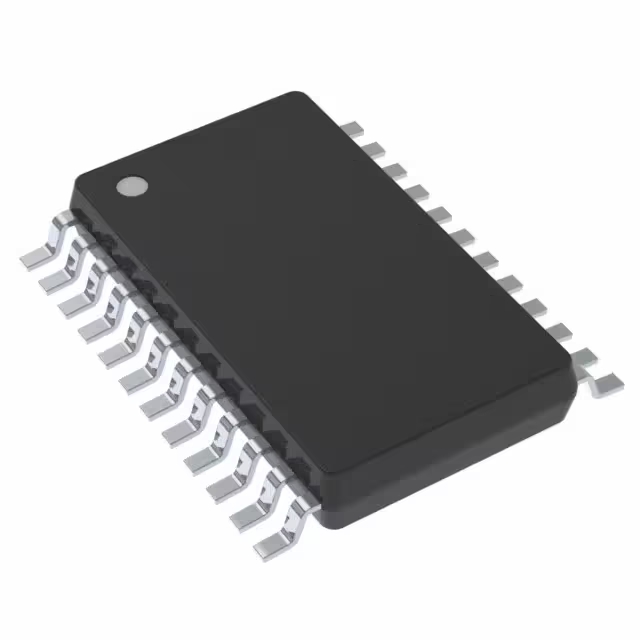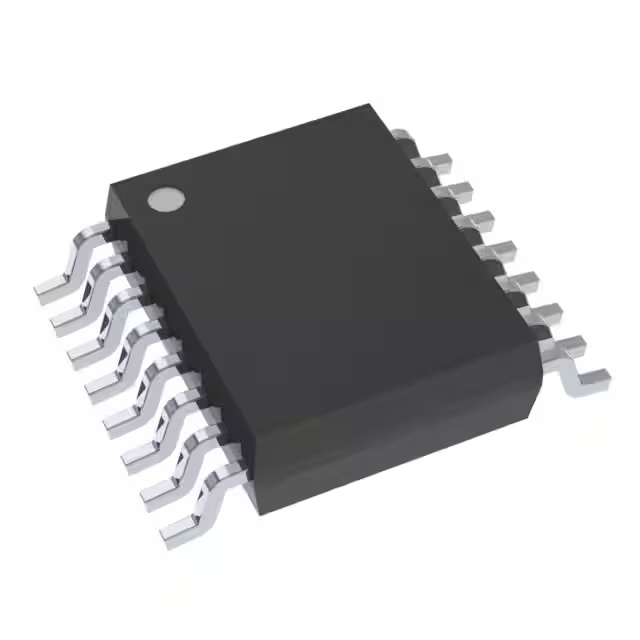FT232RL-リール データシート、回路図、フットプリント
- ブランド: FTDI、Future Technology Devices International Ltd
- ダウンロード: -
- 価格: 問い合わせ
- 在庫あり: 17,453
- プロトコル: USB
- 関数: ブリッジ、USBからUARTへ
- インタフェース: UART
- パッケージ: 28-SSOP(0.209、5.30mm幅)

HK$250.00以上のご注文で送料無料

迅速な対応、迅速な見積もり

すぐに発送、アフターサービスも安心

オリジナルチャネル、本物の製品の保証
FTDI FT232RL USB to Serial Module (AZ-Delivery) Detailed Review
FT232RL-リール
The FT232RL-REEL is a USB-to-serial converter, making it easy to connect USB devices to UART interfaces like RS232, TTL, and more. It supports high-speed data transfer up to 3 Mbps, making it perfect for fast communication. You can use it with both 3.3V and 5V logic systems, which makes it versatile for various applications. It’s USB 2.0 full-speed compliant, so it works well for USB device programming and data transfer. Plus, it has a built-in EEPROM for custom device settings. The FT232RL-REEL is powered directly from the USB, so no extra power supply is needed. With drivers for Windows, Linux, and macOS, it’s easy to integrate into any project.
FT232RL-REEL Pinout

| ピン番号 | ピン名 | 機能説明 |
|---|---|---|
| 1 | TXD | UART Data Transmit Pin |
| 2 | DTR# | Data Terminal Ready (Active Low) |
| 3 | RTS# | Request to Send (Active Low) |
| 4 | VCCIO | UART Interface Voltage (typically 3.3V or 5V) |
| 5 | RXD | UART Data Receive Pin |
| 6 | RI# | Ring Indicator (Active Low) |
| 7 | GND | 地面 |
| 8 | DSR# | Data Set Ready (Active Low) |
| 9 | DCD# | Data Carrier Detect (Active Low) |
| 10 | CTS# | Clear to Send (Active Low) |
| 11 | CBUS4 | Configurable I/O Pin |
| 12 | CBUS2 | Configurable I/O Pin |
| 13 | CBUS3 | Configurable I/O Pin |
| 14 | USBDP | USB Data Plus |
| 15 | USBDM | USB Data Minus |
| 16 | 3V3OUT | 3.3V Power Output (Max 50mA) |
| 17 | RESET# | External Reset (Active Low) |
| 18 | VCC | Chip Power Supply Input (5V) |
| 19 | GND | 地面 |
| 20 | CBUS1 | Configurable I/O Pin |
| 21 | CBUS0 | Configurable I/O Pin |
| 22 | GND | 地面 |
| 23 | AGND | アナロググラウンド |
| 24 | テスト | Test Pin (Leave Unconnected) |
| 25 | OSC | External Crystal Input (Normally leave unconnected) |
| 26 | OSCO | External Crystal Output (Normally leave unconnected) |
| 27 | VPHY | Internal USB PHY Power Input |
| 28 | GND | 地面 |
The FT232RL-REEL chip is mainly used to convert signals between USB and UART, perfect for connecting your embedded device to a computer. When setting it up, keep an eye on the UART voltage, which is controlled by the VCCIO pin, making sure it matches your connected device to prevent damage. Also, any unused CBUS or test pins should be left disconnected to avoid interference. And don’t forget, the 3V3OUT pin can supply only up to 50mA—overloading it might wreck the chip, so design your circuit accordingly.
FT232RL-REEL Equivalent

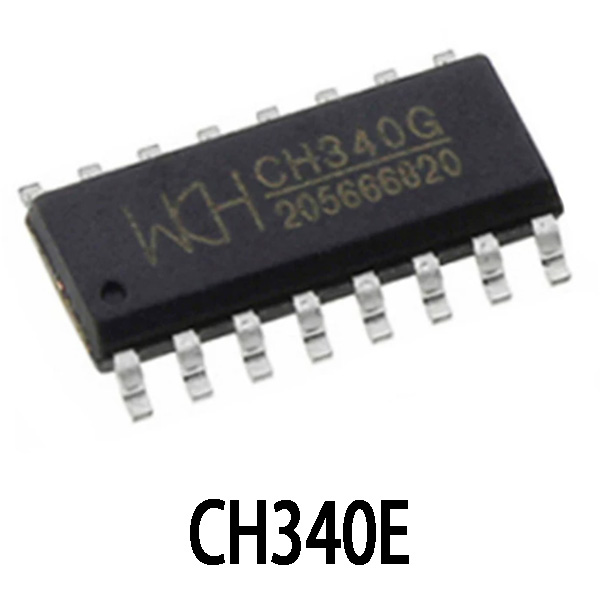
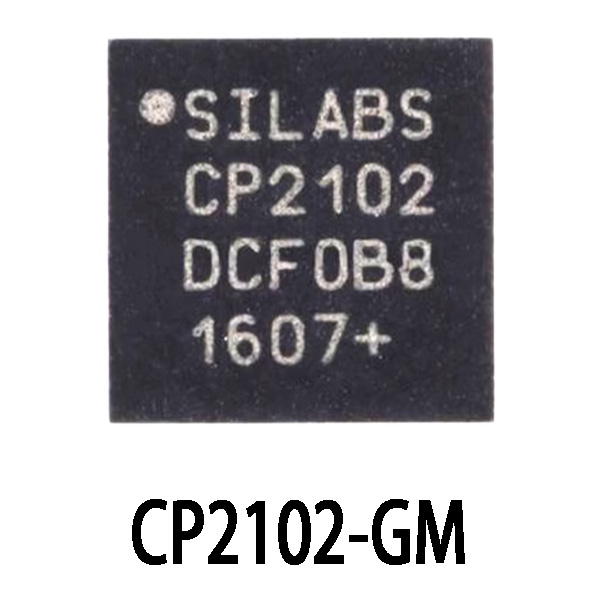

| パラメータ/モデル | FT232RL-リール | CH340E | CP2102-GM | PL2303SA |
|---|---|---|---|---|
| パッケージタイプ | SSOP-28 | SSOP-20 | QFN-28 | SOIC-8 |
| USB規格 | USB 2.0 Full-Speed | USB 2.0 Full-Speed | USB 2.0 Full-Speed | USB 1.1 Full-Speed |
| 最大ボーレート | 3Mbps | 2 Mbps | 1Mbps | 1Mbps |
| 動作電圧 | 3.3Vまたは5V | 3.3Vまたは5V | 3.0~3.6V | 3.3Vまたは5V |
| Built-in EEPROM | Yes (internal EEPROM) | いいえ | Yes (programmable internally) | いいえ |
| GPIO Extension | 4 configurable CBUS pins | なし | 4 GPIOs | なし |
| ドライバーの互換性 | Excellent (native driver) | Good (external driver required) | Very good (native driver) | Good (external driver required) |
| Application Versatility | Very wide | 一般的な | Wide | 一般的な |
When replacing the FT232RL-REEL, your best bet might be the CP2102-GM. It has a different package (QFN-28) but offers solid functionality and reliable drivers. If the same package is crucial, the CH340E could work, though it only has 20 pins, meaning you’ll probably need to redo your PCB layout. And while the PL2303SA is simpler and cheaper, it often struggles with baud rate stability and driver compatibility—so make sure it really fits your project before choosing it.
FT232RL-REEL USB to TTL Circuit
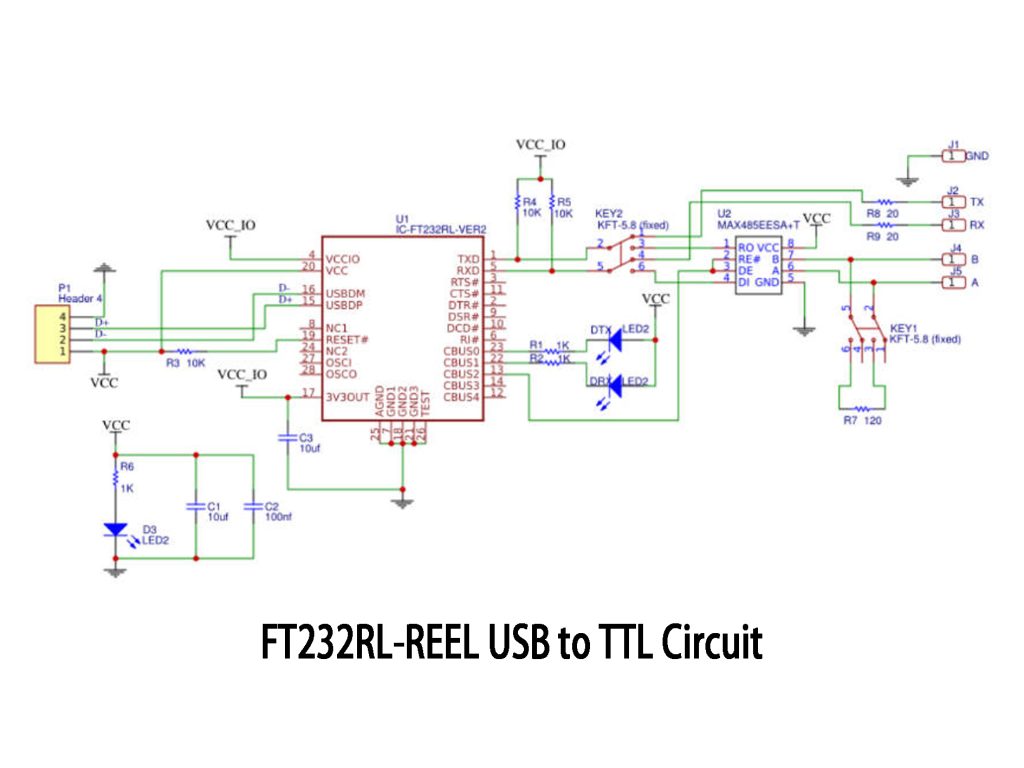
This FT232RL circuit helps your computer communicate easily with TTL-level devices through USB. The USB port (P1 Header) uses protective resistors for safe data transfer. FT232RL’s VCC and VCCIO pins are powered by 5V and your selected logic voltage (usually 3.3V or 5V), with capacitors C1, C2, and C3 stabilizing the supply. Signals first convert from USB to TTL via FT232RL, then further to RS485 through a MAX485 chip, easily controlled by switches and resistors. LEDs (DTX, DRX) visually indicate data transmission status, and a convenient switch (KEY1) with resistor R7 lets you configure RS485 termination effortlessly.
FT232RL-REEL Serial Converter Wiring
Connecting the FT232RL is pretty straightforward. On the USB side, just hook up USBDP and USBDM to the USB’s D+ and D- pins. Connect VCC directly to the USB’s 5V supply, and ground (GND) to the USB ground. For the TTL side, link the TXD pin on the chip to your device’s RXD, and the RXD pin goes to your device’s TXD. Set the VCCIO pin according to your device’s logic level—usually 3.3V or 5V—to avoid any issues. It’s handy to use LEDs on CBUS0 and CBUS1 pins to indicate TX/RX activity. Place your capacitors close to the chip to keep the communication stable.
FT232RL-REEL Arduino USB Programming
If your Arduino board (like an Arduino Pro Mini) doesn’t have a USB port, you can easily program it using the FT232RL-REEL chip. Wiring it up is straightforward:
Connect FT232RL’s VCC pin to your Arduino’s VCC pin (usually 5V or 3.3V, depending on your board). GND connects straight to Arduino’s GND. Then, hook FT232RL’s TXD to Arduino’s RX, and RXD to Arduino’s TX. Use the FT232RL’s DTR pin connected via a 0.1μF capacitor to Arduino’s RST pin—this triggers an automatic reset whenever you upload your sketch.
Make sure FT232RL’s VCCIO matches your Arduino’s operating voltage to prevent damaging either component. Without the 0.1μF capacitor, you’ll have to manually reset your board each time. Overall, programming Arduino this way is super handy, especially for minimal Arduino boards.
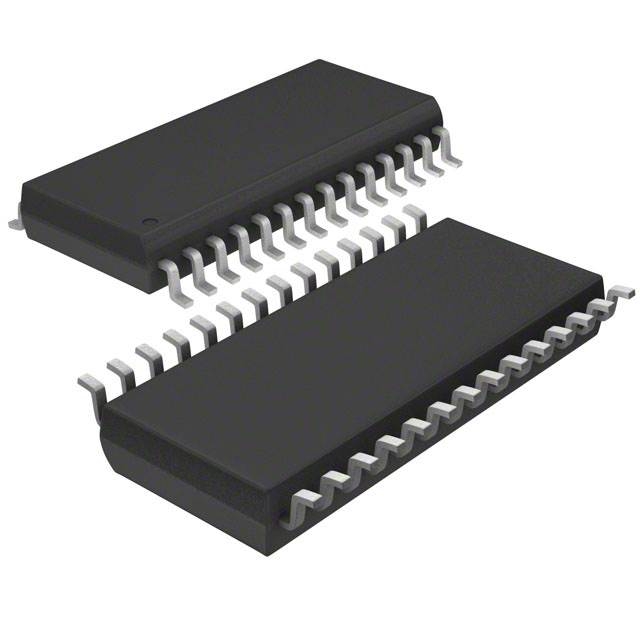

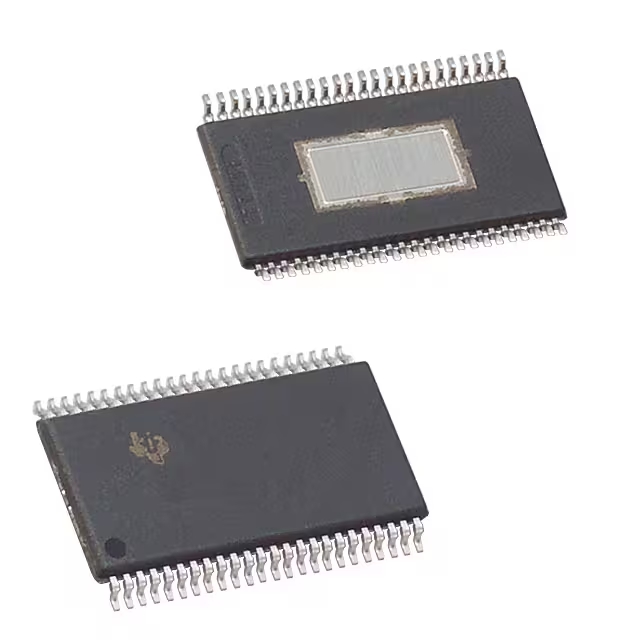


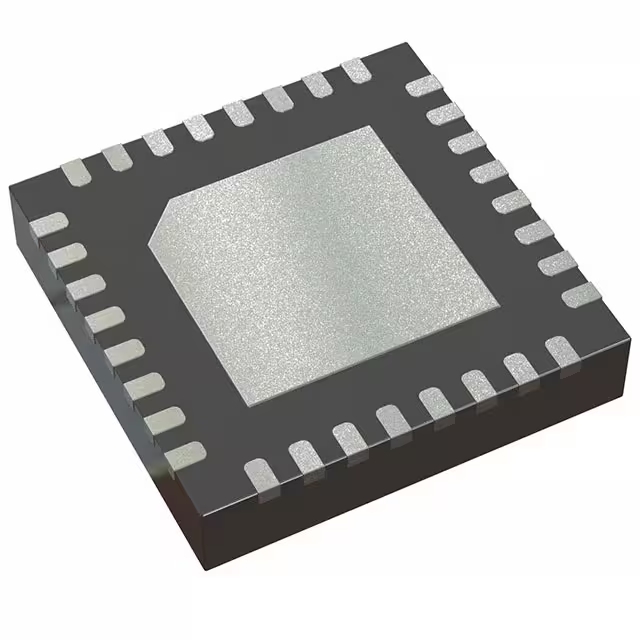
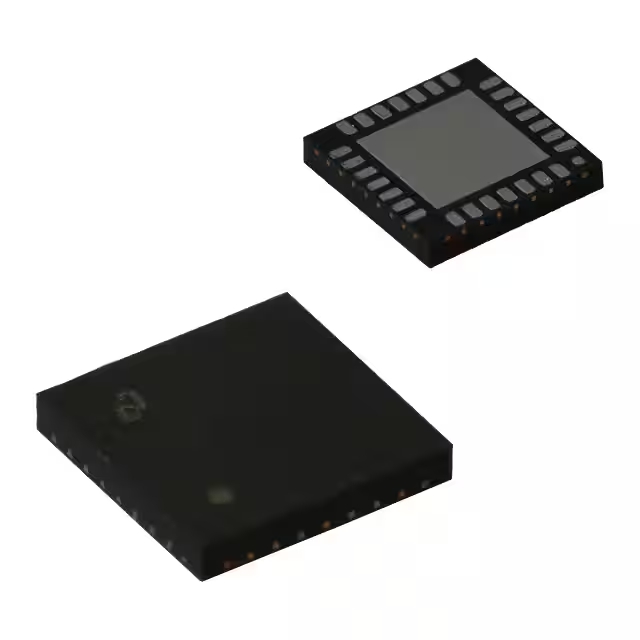
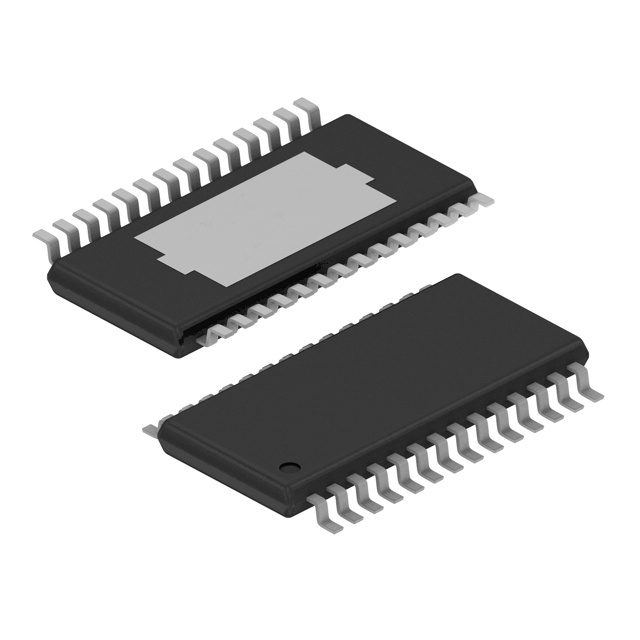
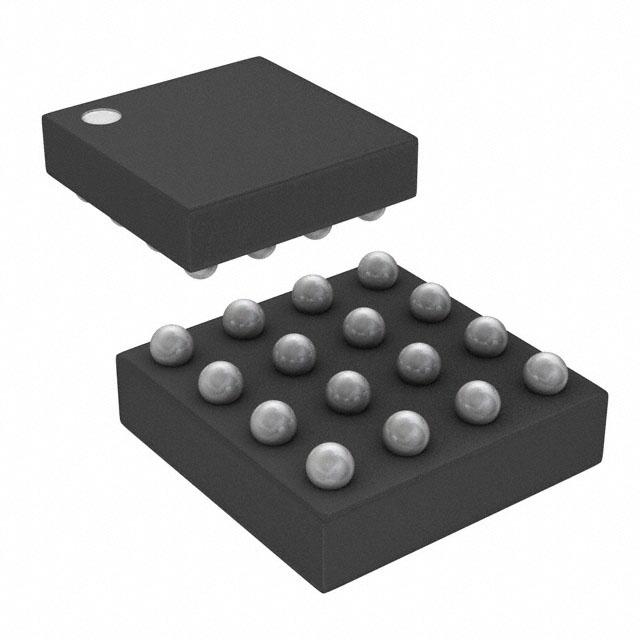
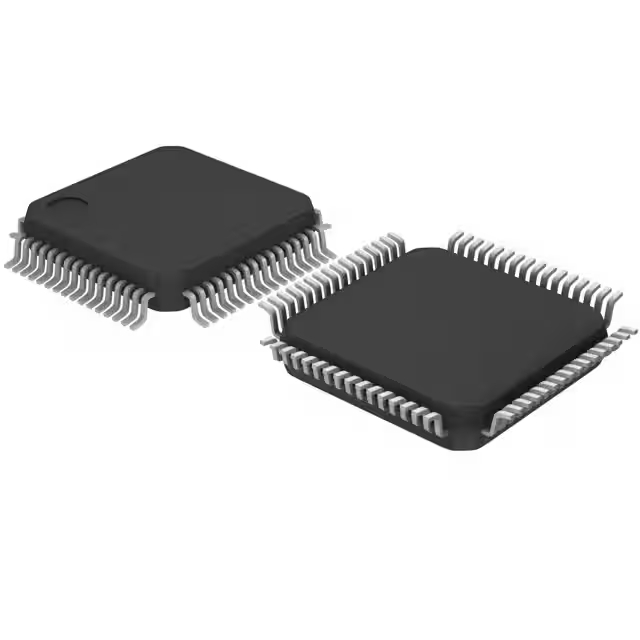


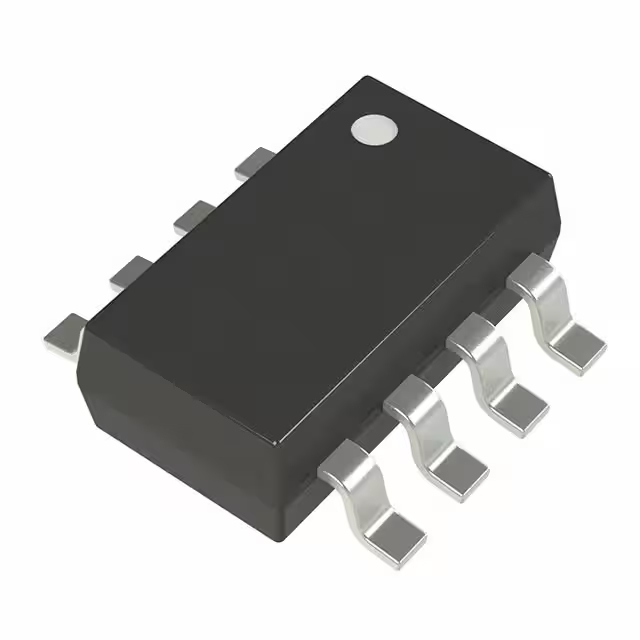
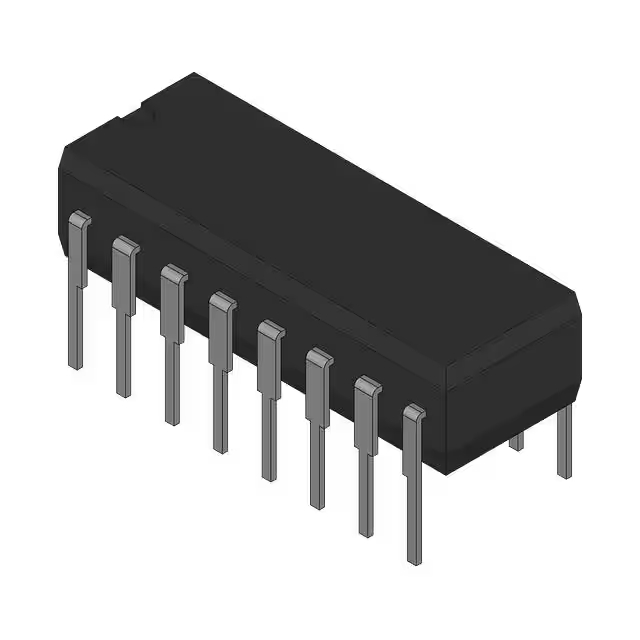
.jpg)
